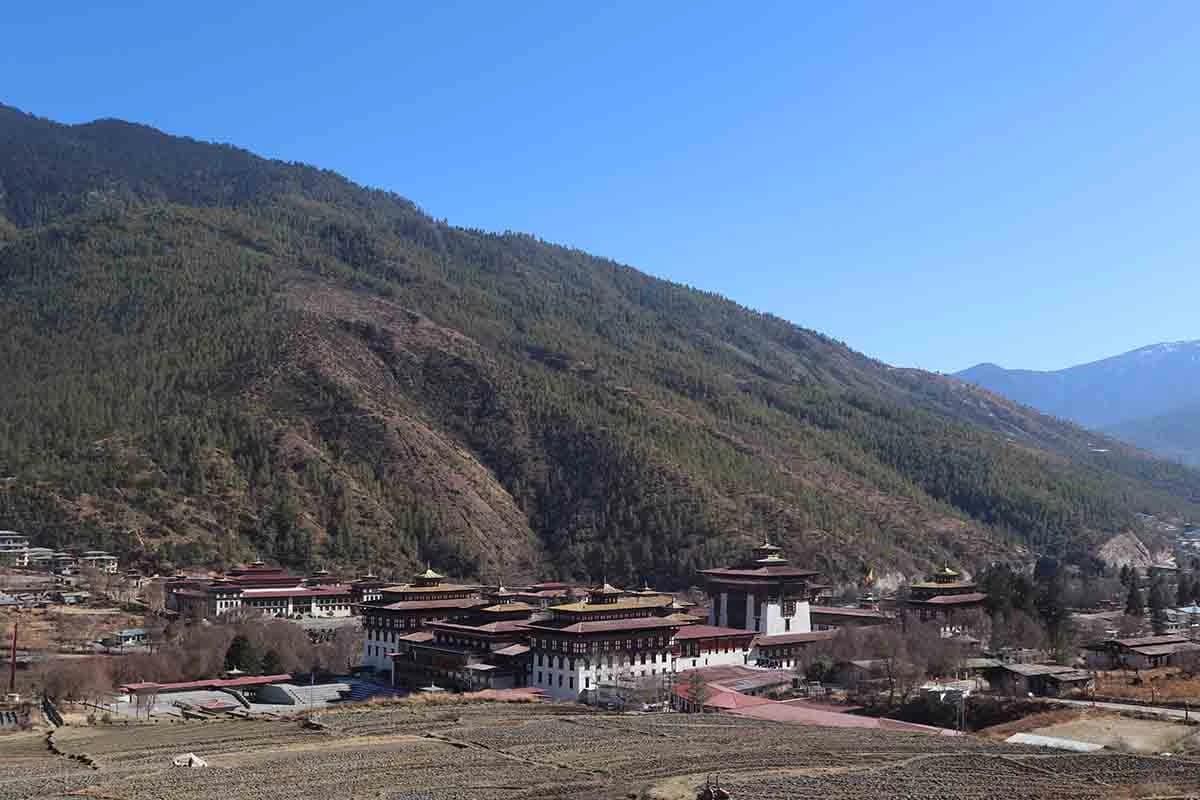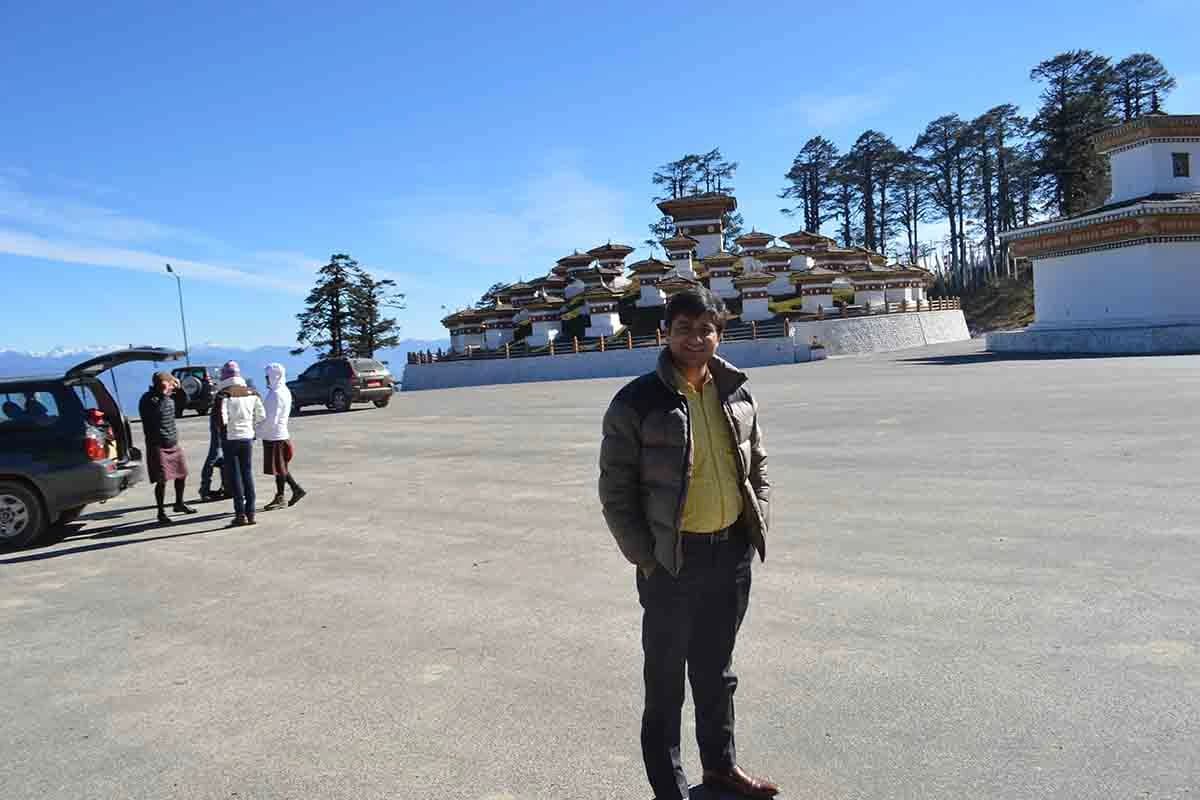The Druk Path Trek is a popular trekking route in Bhutan that offers a unique blend of nature and cultural experiences. This trek takes you through lush forests, rolling hills, and ancient villages as you explore the stunning landscape of the Bhutanese Himalayas.
The trek starts and ends in the capital city of Thimphu and covers a distance of approximately 65 kilometers over 6-9 days. The route takes you through beautiful mountain valleys, including the Paro and Thimphu Valleys, and offers panoramic views of the Himalayan peaks.
Along the way, you will visit ancient Buddhist monasteries, stupas, and temples and interact with the local Bhutanese communities. You will also have the opportunity to sample Bhutanese cuisine, enjoy traditional music and dance, and learn about the culture and customs of this Himalayan kingdom.
The Druk Path Trek is ideal for those who enjoy outdoor adventure and are looking for a unique cultural experience. The trek is well-equipped with campsites, teahouses, and comfortable lodges, and offers a range of challenges to suit different fitness levels.
Overall, the Druk Path Trek offers a truly unforgettable experience and is a must-visit for any adventure traveler or trekker looking to explore the stunning landscapes and rich culture of Bhutan.
Major Highlights of Druk Path Trekking
Scenic beauty: The trek provides breathtaking views of the Himalayan mountain range and the pristine alpine forests.
Wildlife sightings: The trek provides an opportunity to see a variety of wildlife including the Himalayan black bear, red pandas, and the golden langur.
Meditation and yoga: The peaceful and serene environment of the trek provides a perfect setting for meditation and yoga practices.
Temple visits: The trek takes you to some of the most sacred temples and monasteries in Bhutan, including the Tango Monastery and the Paro Taktsang.
Snow-capped peaks: The trek provides stunning views of snow-capped peaks such as the Mount Chomolhari and Mount Jitchu Drake.
Bird watching: The trek is a paradise for bird enthusiasts with over 300 species of birds found in the region.
Camping experiences: The trek offers camping opportunities in the alpine meadows surrounded by breathtaking mountain views.
Trekking through forests: The trek takes you through lush green forests and scenic meadows, making it a unique trekking experience.
Local cuisine: The trek provides the opportunity to taste traditional Bhutanese cuisine, including dumplings and Ema Datshi (spicy cheese curry).


